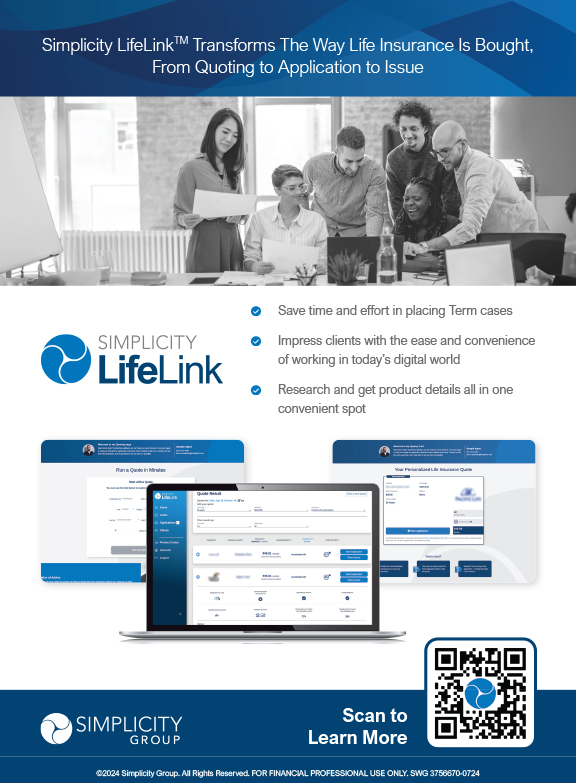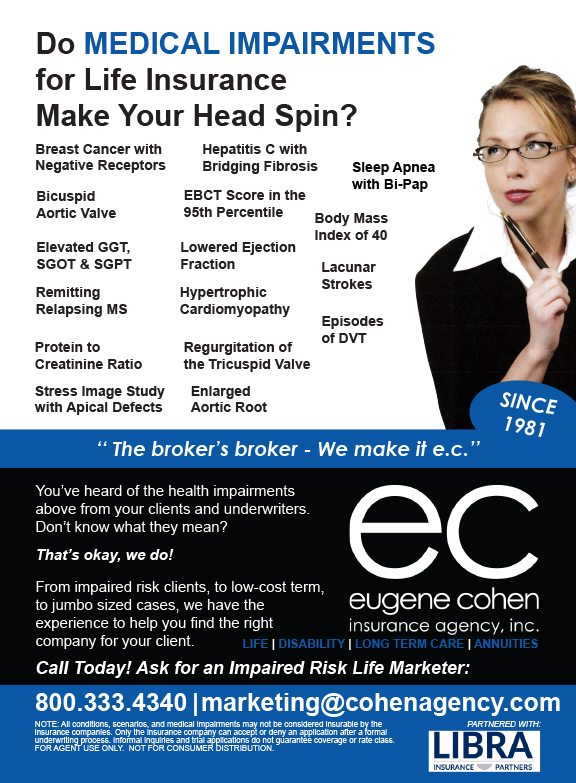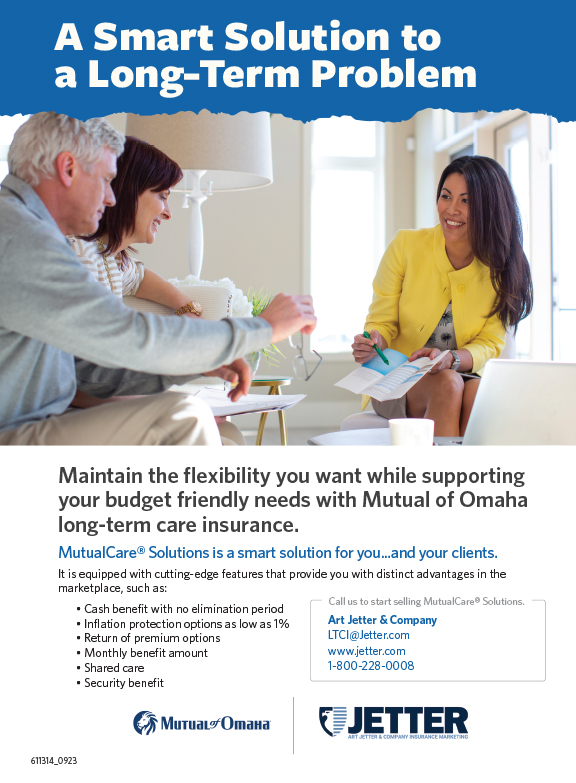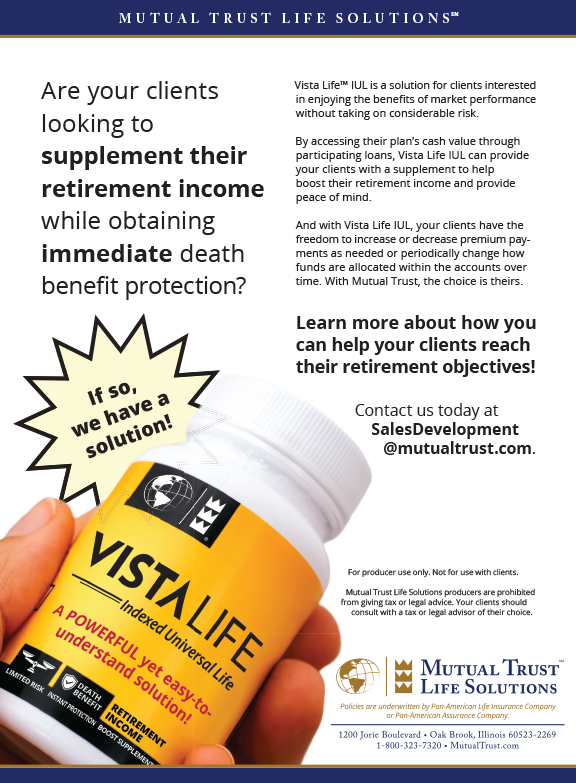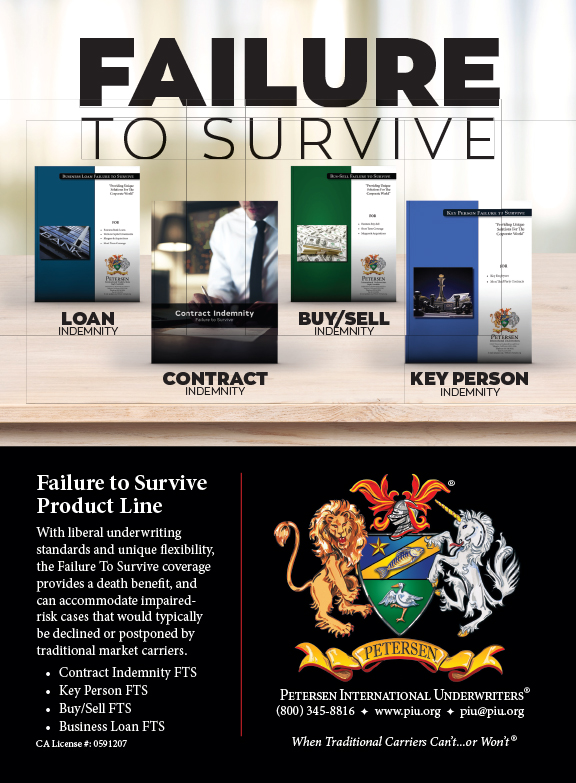The proverbial “Nest Egg” is defined as being a sum of money saved for the future. Let’s put a pin in that thought and move to some basics of financial planning and the role of disability insurance.
There are many facets to a financial plan, but one of the basic pillars is a focus on retirement planning: When, where, how, and in what style. Once the retirement framework is structured, the planner can take into account the client’s budget, savings, investment objectives, and risk tolerance. Where does disability insurance play into the overall planning process? Let’s break into the budget part of the plan.
If you breakdown a typical client’s budget, you’ll easily see that most clients require between $5,000 to $10,000 per month in order to just maintain their standard of living. If a planner uses a basic assumption that an investment portfolio can earn four percent after taxes (about six percent taxable), then the Nest Egg needed to produce a monthly income to replace the monthly budget is: 12 x (monthly budget/four percent).
Therefore, just on these basic assumptions, in order to replace a monthly budget of $5,000 per month, your client would need about $1.5 million of investable assets. If your client’s budget is $10,000 per month, then they’ll need about $3 million of investable assets. A planner can use more assumptions and formulas to better pinpoint the amount of assets needed, but using these basic amounts you can see the amount needed for the majority of clients is well over $1.5 million of working, investable assets.
So, if the Nest Egg goal is to grow one’s investable assets to $1.5 to $3 million, then how does disability insurance protect the Nest Egg? Let’s look at what occurs when one gets disabled. Their income stops, so the assumption is that no income is coming into the household.
If the monthly expenses for your client are, say, $7,500 per month, then that money has to come from somewhere or the expenses have to be reduced. For most people, there are fixed monthly expenses and variable monthly expenses/discretionary expenses. Usually the fixed expenses, such as mortgage/rent, utilities, insurance, and others, are more difficult to change. While the discretionary expenses may be more flexible to change, cutting back on these expenses can cause a change of lifestyle for the family. Nonetheless, the $7,500 per month, or $90,000 per year would need to come out of savings…and the contributions that were being made to savings would now stop.
Let’s continue with the same client and assume they have a gross income of $15,000 per month or $180,000 per year. Therefore, depending on the tax rate, the client’s after-tax income would be about $9,000 per month. So, if their monthly expenses are $7,500, then there could be about $1,500 per month or about $18,000 per year to invest and save. If a client were able to maintain this scenario for 10 years then, with a zero earnings rate, they would have saved $180,000. If they earned six percent per year then their Nest Egg would be about $250,000 after 10 years.
If this client had a disability and didn’t have disability insurance, then their savings would be their source of funds. It doesn’t take too much math to figure out the numbers will just not work. Someone can’t have $7,500 of expenses per month, or $90,000 per year, and savings of only $250,000. This person and the family would have to make some serious changes, or they would have a lot of financial challenges. On the other hand, if this person had $7500 per month in disability insurance and therefore had $7,500 coming in each and every month of a qualifying disability, then the Nest Egg could possibly be preserved (in the simplest of examples).
How many clients do you have who don’t have disability insurance? Make sure you have an inventory of insurance products your client has obtained. Review this inventory on a routine basis and make sure your client understands why disability insurance protects current and future lifestyles. Some clients spend more time planning their next vacation than their financial future. Educate your clients that disability insurance is one of the pillars of financial planning.











